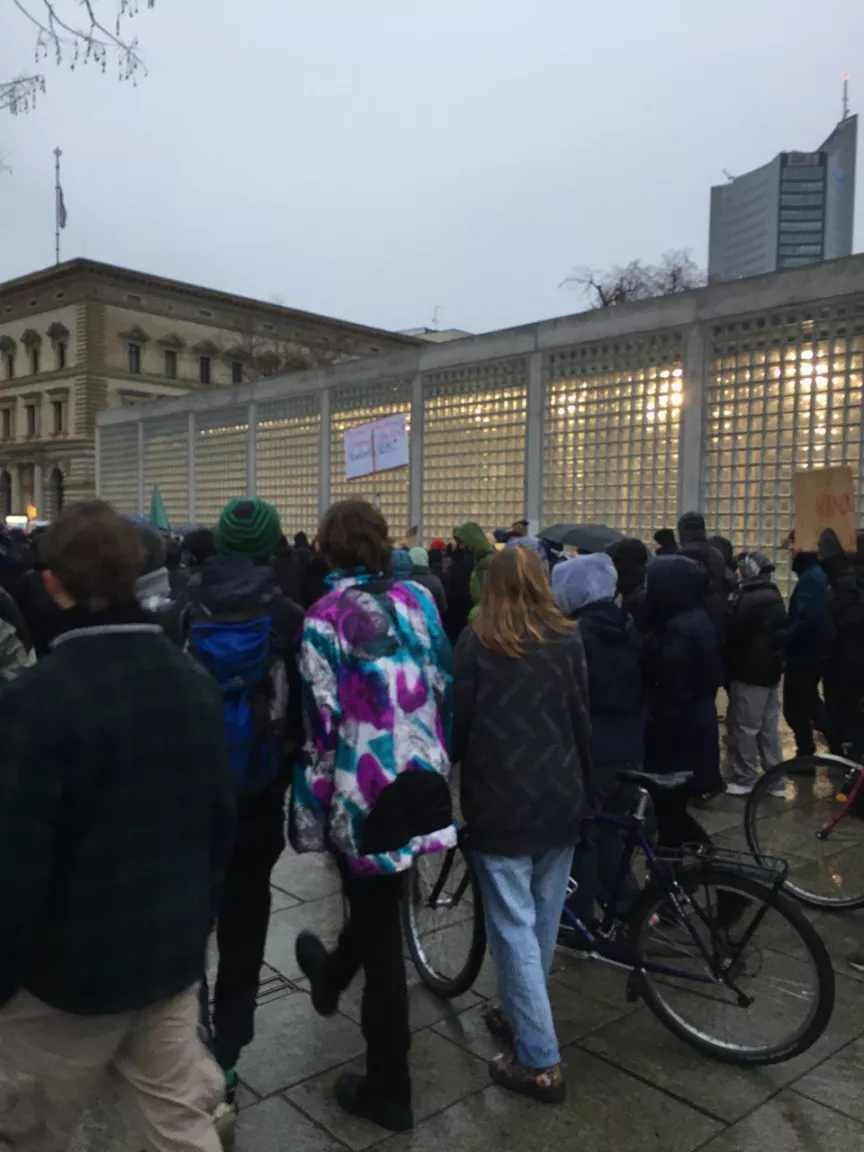some notes on Germany's post Ukraine grassroots political energy knot
Marc Herbst
23/08/04
Saxony
The change in Germany’s posture on nuclear power plants came to the fore at the start of the Russian invasion of Ukraine in early 2022. Long on the receiving end of the pressure from Germany's active anti-nuclear movement spearheaded by activists in the Wendland, the German state decided to shutter its nuclear plants at the time of the Fukushima disaster. The activist eco-left worked hard for this eventual victory, though their equally meritorious demands that Germany shutter its coal mines and coal-burning power plants earned nothing but pushback from the state.
It was this knot, at the nexus of decommissioned nuclear plants, an active coal program and climate change that the war tied up as a political issue. As a co-curator of SALT. CLAY. ROCK., my interests in how state policy effects street movements were piqued. I figured I should try and pay particular attention to developments on this front.
When the war started, I kept my eye on the Friday for Future protests in Leipzig, to see if the energy crisis or the trade-offs that Germany had made between war and green idealism would appear at protests. At the first protest, I saw nothing– no banners connecting war and the environment, no protest banners demanding both coal and nuclear abolition. I saw no mention of Ukraine at all.
I did see the Scientists for Futures infostand which promised a detailed conversation about energy policy.They had infographics up at their pre-protest booth that was focusing on how different types energy contributed to global warming. Among the chapters in the well illustrated book was a section on the benefits and risks of Nuclear, and their negative assessment of nuclear power.
Though, as I became more familiar with the Wendland movements, I realized that theif anti-nuclear iconography was more ubiquitous than I’d thought. Of course, Ive seen the “Atomkraft nein danke” sun sticker appropriated by every kind of German movement. But I finally untangled what the yellow X I’d seen protestors make by crossing 2 yellow-painted fenceposts. These X'S were an anothericonography developed by the anti-nuclear movement … representing the yellow X's placed in front of castor nuclear shipments to blockade them.
Once I understood what this symbol meant and where it came from, I began recognizing it at other Friday for Future protests. I took a picture of one at the “Lutheratz ” January 14th 2023 protest. Lutherath is the name given to an occupied forest, threatened by an encroaching open coal pit. There, the yellow sign clearly meant “stop coal”.
At that January 14, 2023 protest I finally saw an anti-nuclear sign. On this rainy day, across the crowd, I saw a protester calling for energy degrowth- which included ending coal and staying off nuclear energy, despite the still-present risk of a cold winter and soaring energy prices. The poster said something like, "follow the Paris accords, and stay off nuclear power".
The right and nuclear
Relatively quickly within Saxony, I began reading tweets reporting on the far right's protests of the German support for Ukraine, parallel with a critique of German energy policy. At a first quick glance at the reporting the right did not seem to explicitly critique Germany's nuclear exit, but they were so upset by the state of affairs, its possible that pro-nuclear statements were made beside statements claiming that the German government was blindly choking the German economy, illogically though purposefully punishing German people.
Elections 2023
While inflation in Germany has surged to an unprecedented levels, and there has been an economic downturn based on the global economy slow down, the worst projections of gas prices within Germany did not appear. Nevertheless, the German Far Right has continued with its election gains. In the recent October 2023 elections, the dreadful AFD party’s share of votes increased in both Hesse and Bavaria. Clean energy-focused political analysts read that these election results through the lens of energy, climate and nuclear politics- suggesting that while there is strong for a generally green response to climate change, the right has been able to electorally frame Germany’s part of the global economic downturn as a result of its perceived ambitious anti-nuclear and green policies.




